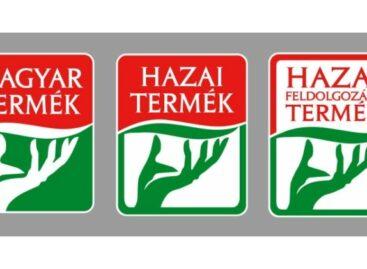Real earnings will moderately, consumption significantly decrease
The forecast prepared by GKI Economic Research Co. in co-operation with Erste Bank shows that both the depth and duration of the global recession are still unpredictable; but forecasts all over the world are more and more pessimistic.
The bottom of the global recession is
expected in 2009. This year a 2-3% decline is probable in the GDP of
the EU in spite of numerous concerted international actions intended
to stabilize the economy of the European Union. The growth rate of
the Hungarian economy was 0.6% in 2008. In 2009 the output of the
economy will decrease by 3-4%. This is a more pronounced decline than
what was expected earlier and is a consequence of drop in external
and internal demand.
It is practically sure that by the end of
2009 the deficit of the general government in Hungary will be below
the Maastricht criterion (3%). At the same time, it is also essential
to reduce the current account deficit, as the money market situation
has made foreign financing very difficult and expensive. Practically,
it is the shortage of funds that makes the reduction of external
deficit indispensable. Improvement can be achieved through increase
of trade surplus and EU transfers.
Gross earnings will rise by
about 4% in the business sector, while the public sector will see a
1% decline. Overall, this will yield an almost 1% drop in real terms.
(In 2008 real earnings increased by 0.7%, thus in two years real
earnings will remain basically unchanged.) Nevertheless, consumption
and investments of households will perceptibly decrease because of
the increasing burden of debt service, limited access to and rising
costs of credit, plus strengthening propensity of households to save.
Household consumption will decrease by about 3%, investments by about
5% – due to deteriorating market conditions and scarcity of
sources.
Inflation will fall rapidly in early 2009, as global
energy and agricultural prices drop. Price increases will be only
around 2% by May. In the second half of the year inflation will
probably accelerate as a result of the planned increase of VAT and
excise duties, plus the weak forint – although the weak demand and
the keen competition will limit the price increases. Thus, the annual
average price increase is expected to be 3.3%, but by the end of the
year it will be somewhat higher: around 4.4%.
Between the end of
December and end of January the exchange rate of the forint against
the euro weakened from 265 to 300; in early March it weakened
further. Until the recent days this could be explained basically by
international developments, since all the national currencies of the
region weakened similarly. The weak forint substantially increases
the debt service burden of those persons and firms whose liabilities
are in foreign currencies, but is favorable for the tourist industry
and for those firms that compete with imports. Its positive impact on
the exports is limited by the exchange rate volatility.
In
February – i.e. in the period of weakening of the forint – the
central bank did not continue the policy of cautious rate cuts, but
it is expected that the presently 9.5% base rate will be reduced
during the rest of the year.
Related news
Related news
What do shoppers say about the new retail tools?
At the beginning of the year, Consumer Panel Hungary GfK–YouGov asked panel…
Read more >Special foods ranking: 1. Diabetic, 2. Low-carb, 3. Lactose-free
Different special diets and foods are frequently discussed, and it…
Read more >Community in the community
The recent MasterWorks business workshop of Hungarian Product Nonprofit Kft.…
Read more >




